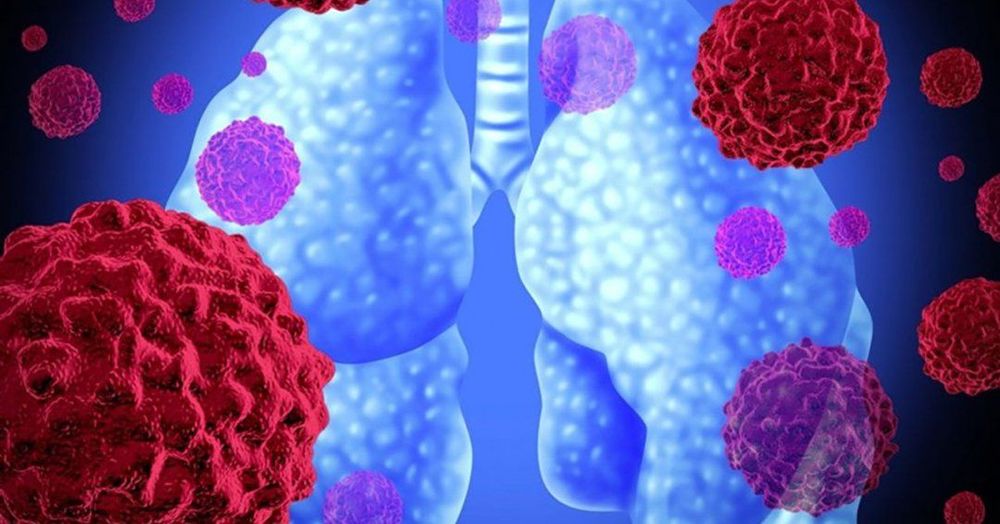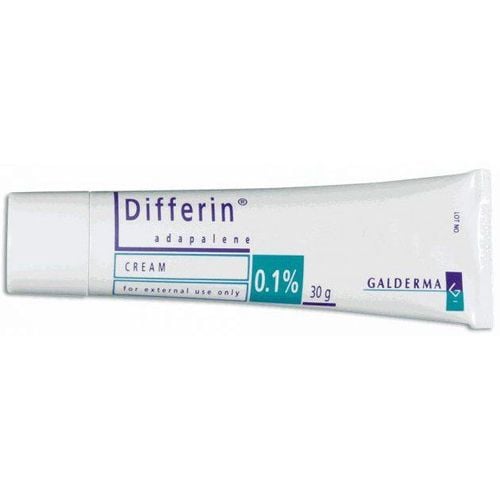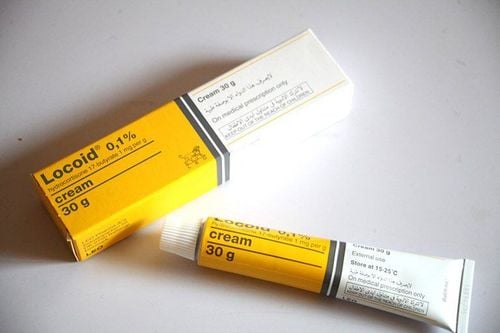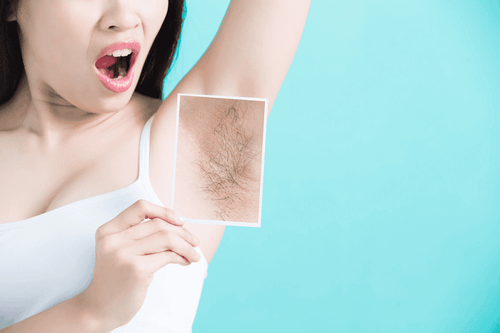This is an automatically translated article.
The article was professionally consulted by Specialist Doctor I Le Thi Thu Hang - Dermatologist - Department of Medical Examination & Internal Medicine, Vinmec Hai Phong International General HospitalFolliculitis is a common skin condition that occurs when hair follicles become inflamed due to a bacterial or fungal infection. Folliculitis is not a life-threatening disease, but it can cause itching, pain and psychological impact (because it affects aesthetics).
1. What is folliculitis?
At first, folliculitis looks like small red bumps or whiteheads around the hair follicles. The infection can spread, causing the lesion to not heal and become hard and painful. Sometimes the infection is so severe that the hair follicle is completely destroyed, the hair (or hair) cannot regrow and leaves a scar.If you have only mild folliculitis, it can clear up on its own in a few days with simple personal care. For severe or recurrent cases, it is necessary to see a specialist to be prescribed appropriate treatment.
Common types of folliculitis include hot tub rash, razor bumps, and barber's itch. .

2. Classification of folliculitis
There are two main types, superficial folliculitis and deep folliculitis. Superficial folliculitis involves only part of the hair follicle, while deep folliculitis affects the entire hair follicle and is often much more severe.
Types of superficial folliculitis include:
Infectious folliculitis: Commonly manifested as itchy, white, pus-filled spots. Bacteria that enter the hair follicle cause inflammation, most commonly Staphylococcus aureus. Staphylococcus aureus normally lives on the skin, but causes problems when it enters the body through a cut or other wound. Hot tub folliculitis (also known as pseudomonas folliculitis): Symptoms manifest as a red, round, itchy rash that appears one to two days after exposure to the causative bacteria. This is because hot tubs often harbor pseudomonas bacteria, which are found in many places, including hot tubs, where chlorine levels and pH levels are not well controlled. Razor bumps, also known as pseudofolliculitis barbae: Ingrown hairs cause skin irritation, mainly affecting men with curly hair that is shaved too closely and is most visible on the face and neck area. People who wax their pubic area may experience an itch in the groin, which can then leave a keloid scar. Pityrosporum Folliculitis: This presents with chronic, red, itchy pustules on the back and chest, and sometimes on the neck, shoulders, arms, and face. Types of deep folliculitis include:
Chin folliculitis (sycosis barbae): Appears in men who are just starting to shave. Gram-negative folliculitis: sometimes occurs in cases where acne is being treated with long-term antibiotics. Boils (furuncle) and carbuncles: Occurs when Staphylococcus aureus infects deep into the hair follicle. Boils often appear suddenly as a pink or red painful swelling. The junior is a collection of a bunch of boils. Eosinophilic folliculitis: occurs mainly in people with HIV/AIDS, signs include intense itching, papules and recurrent boils near the hair follicles on the face and upper body. Once treated, the affected area may appear darker than before. The cause of eosinophilic folliculitis is currently unknown.
3. Causes of Folliculitis
The most common cause of folliculitis is the bacteria staphylococcus aureus (Staphylococcus aureus) entering the hair follicle causing inflammation. In addition, the disease can also be caused by viruses, fungi and even inflammation because hairs are growing that have not yet emerged from the surface of the skin.A hair follicle is a small sac from which a hair (or hair) will grow. Hair follicles are abundant and densest in the scalp, it can appear anywhere on the body except the palms, soles, lips and mucous membranes.

4. Risk factors for folliculitis
Anyone can get folliculitis , but certain factors make it more likely, including:
Having medical conditions that affect the body's immune system such as diabetes, leukemia and HIV AIDS . Experiencing acne or dermatitis. Are taking certain medications, such as steroid creams, or taking long-term antibiotic therapy for acne. Men with curly hair shaved off. Regularly wear clothing that does not absorb sweat, such as boots or rubber gloves. Bathing in hot tubs that are not properly sanitized. Injury to hair follicles by shaving, bleaching or wearing tight clothing.
5. Complications of folliculitis
Widespread or recurrent infections. Furunculosis (furunculosis). Permanent damage to the skin, such as scars or bruises. Hair follicles and hair follicles are destroyed, making hair and hair unable to regrow.
6. Diagnosis and treatment
Diagnosis of folliculitis only needs to be based on clinical and dermatological techniques.
Treatment depends on the type and extent of inflammation, personal care measures taken. Treatments include the use of medications or creams to control infection, reduce inflammation, make an incision to drain the pus, and, if the above treatments are inadequate, hair removal with laser hair removal. laser.
7. Prevention of folliculitis
Avoid wearing tight clothing. Dry the inside of the rubber glove after each use. Limit shaving if you have folliculitis on your chin. Shave and wax carefully. Only take baths or hot tubs that are properly sanitized. If you have unusual symptoms, you should be examined and consulted with a reputable specialist.Please dial HOTLINE for more information or register for an appointment HERE. Download MyVinmec app to make appointments faster and to manage your bookings easily.
Reference source: mayoclinic.org














